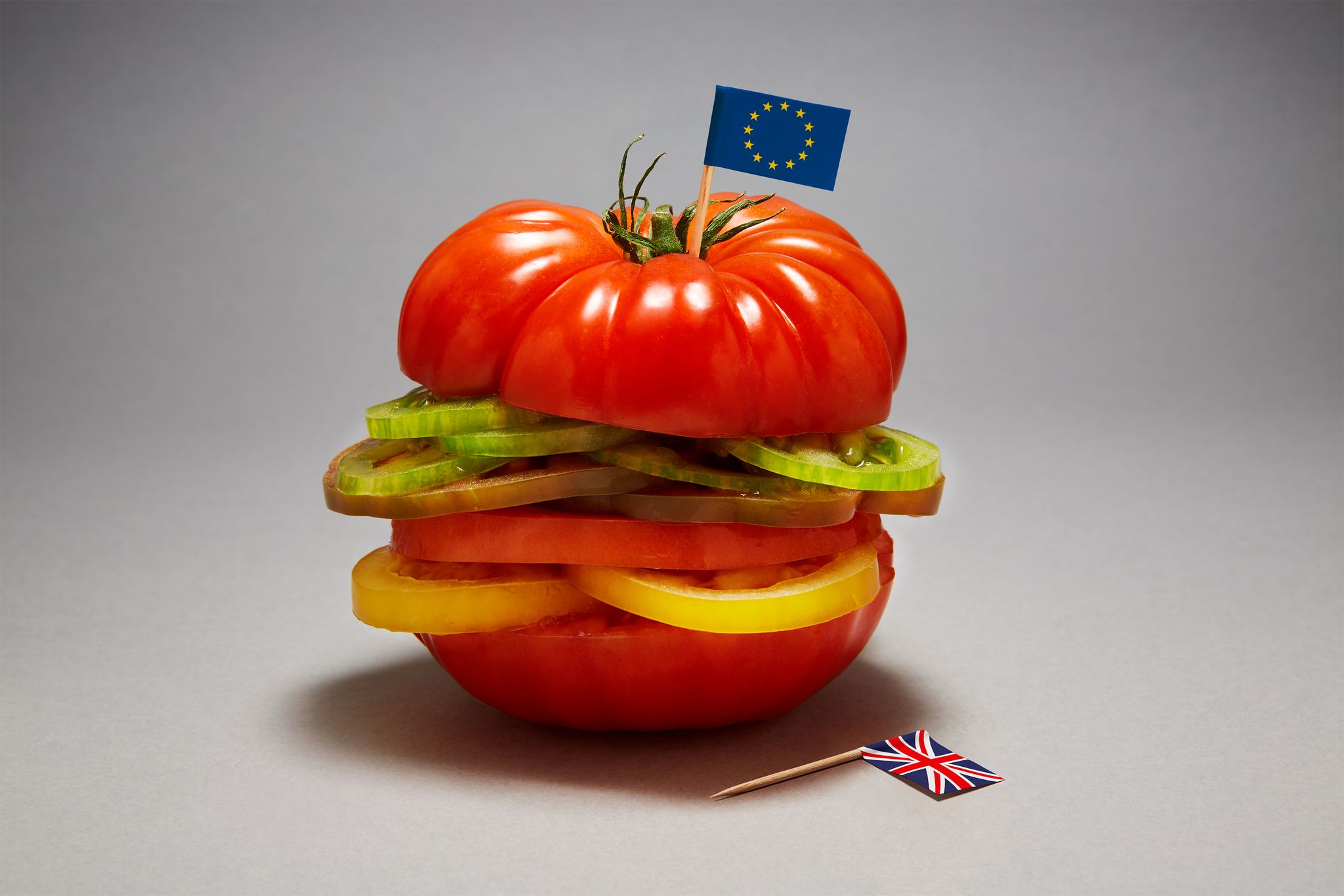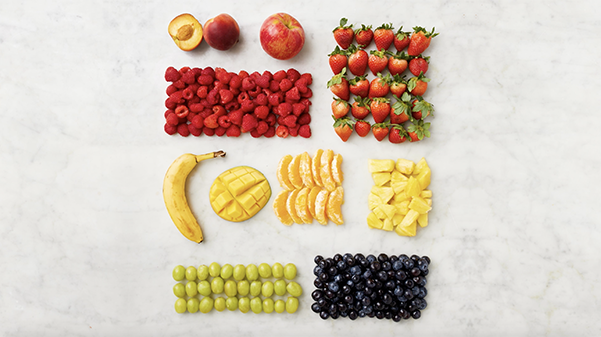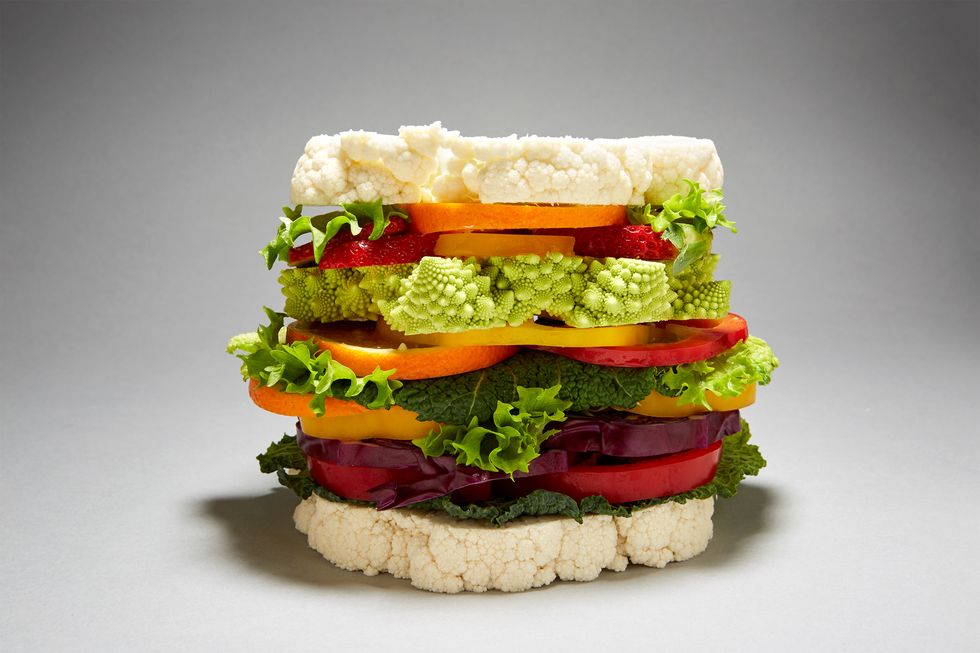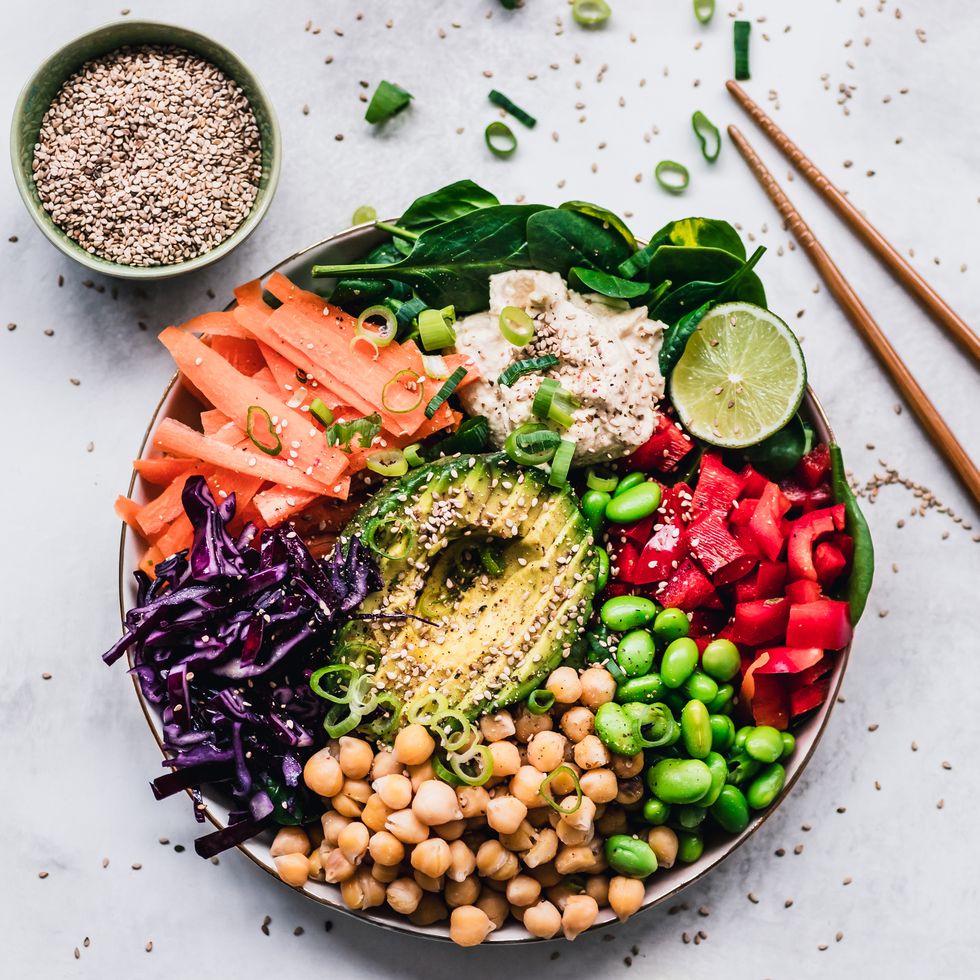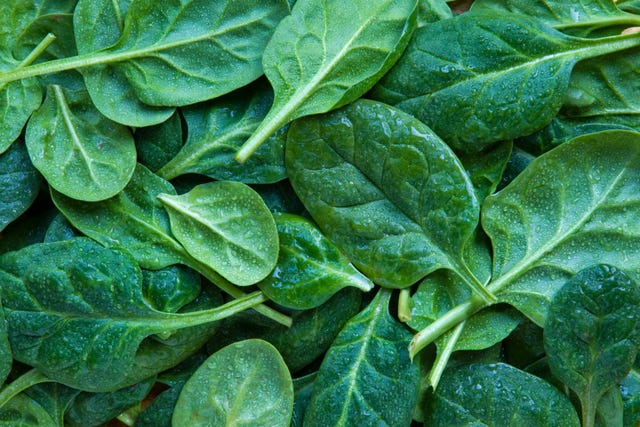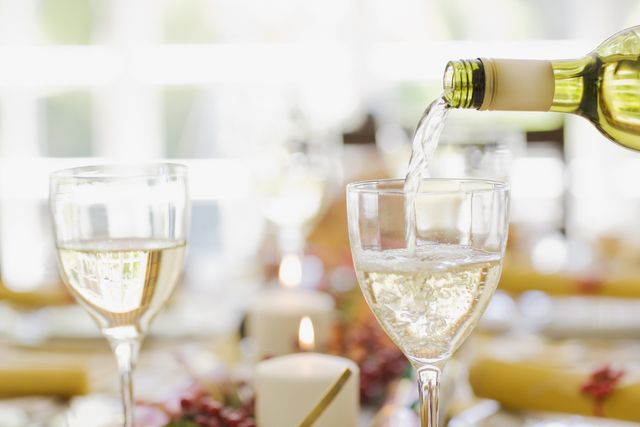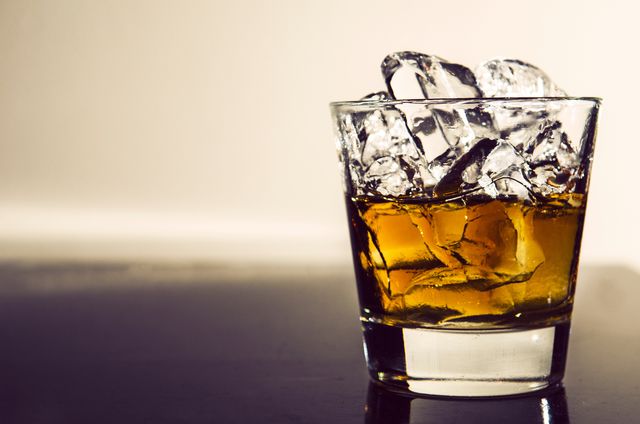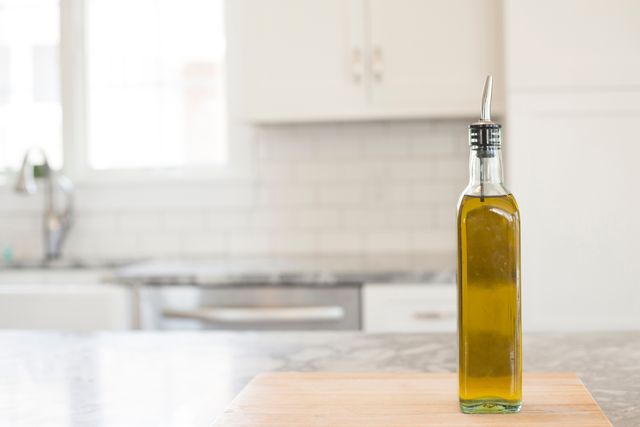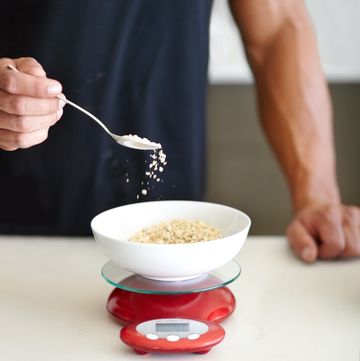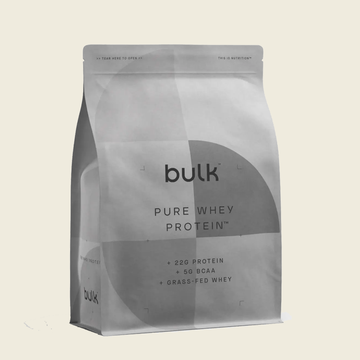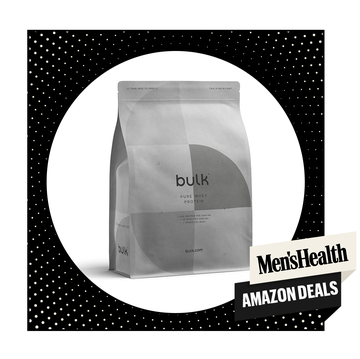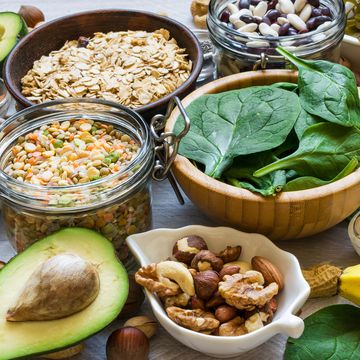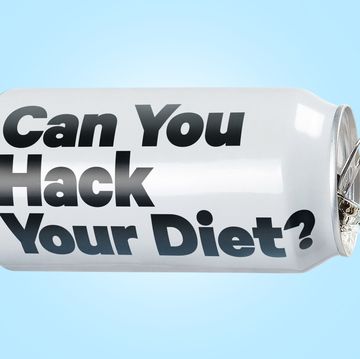The most memorable thing I ever ate was a strawberry. Not so much for the fruit itself, but for where and when I ate it.
It was 13 December 1994. I was a couple of months into my first journalism job, and one of my esoteric areas of interest, the politics of Northern Ireland, had unexpectedly proven useful when the UK government responded to an IRA ceasefire by announcing a major investment conference in Belfast. The best bit was that a Concorde was being chartered to entice foreign investors to go there. Somewhat improbably, this penniless Scouser found himself on the plane with a glass of Krug champagne, eating a fruit salad. “Strawberries, in December?” I remember thinking incredulously, as I looked down at the fruit on my fork. I savoured it, an icy summer kiss on a grey, drizzly morning.
In the next century, such diamonds became coal. Every supermarket now stocks strawberries all year. Likewise, salad, once a simple concoction of two or three ingredients served unenthusiastically in the summer months, now comes in a bewildering array of combinations, available on demand. The “avocado pear” ordered by James Bond as a baroque alternative to dessert in Ian Fleming’s 1953 novel Casino Royale is now a hipster breakfast staple. Once universally derided, British cuisine has evolved into a sophisticated pan-European one, enabled by our access to a greater variety of imported food.
Yet that could soon change. Leaving the EU without a workable deal could hike prices, abandon fresh fruit and veg to rot in trucks, and leave us with a nasty taste on our now sophisticated palates. There is nothing tasty about a full English Brexit.
A Well-Oiled Machine
I’m talking to a man who understands this only too well. Tim Lang is a professor of food policy at City, University of London. He has spent the past few years writing papers and trying to educate ill-prepared policymakers on the consequences of Brexit for our food supply. There is a certain exasperation in his tone, but after talking to him for 10 minutes, I conclude that he has the patience of a saint.
“Being in the EU has improved our diets, but you can’t put all of that down to the EU itself,” explains Lang. “The general rule is that as countries get richer, their diets improve. What is peculiarly European, however, is the vast investment in food infrastructure, and the creation of the single market in 1992 to stop ridiculous border tariffs,” he continues. “Europe has set out to create a food system in which its people are fed, and this has been a success.”
We currently source more than 40% of our food from outside the UK, and almost all of that comes through deals negotiated by the European Union. “And then there are the issues
of food standards and quality control – inspections, labelling, traceability,” says Lang. “There’s a vast infrastructure that underpins the seamless flow of food into the supermarkets. Anyone who disrupts that does so at their peril.”
There are many ways to look at the EU, and not all of them flattering. But on the whole, it acts as a finely tuned, well-oiled machine to get goods, services and people across borders smoothly as possible. The “red tape” and rules that the British press loves to sneer at eliminated a lot of paperwork on the ground. Brexit threatens to put a crowbar into the gearing.
“Right now, roughly 90% of our lettuce, 80% of our tomatoes and 70% of our soft fruit come from Europe,” says Andrew Opie, director of food sustainability at the British Retail Consortium. “By May or June, that could flip into UK production. But until then, we are completely dependent on imports, most of which are funnelled from Calais into two ports: Dover or Folkestone. There is a strong possibility that the ports could become gridlocked if the French start to make checks on products. And then the whole system fouls up.”
Rethinking the Rules
Let’s return to my strawberry for a moment. From the minute it is picked somewhere in Spain, say, it has a 10-day lifespan. Currently, it takes about six days for it to reach a supermarket shelf, but the margins are slim. If Calais is gridlocked, that adds another day. Lose one more day on top of that and the fruit becomes unsellable. If it does get through, it becomes more expensive, because there are fewer on sale.
And it isn’t just a lack of supply that will make food more expensive. If we leave the EU’s customs union, our food imports will become subject to punitive tariffs. The long era of low food prices that we have enjoyed since the 1950s could be at an end.
So, for instance, we currently import around 50,000 tonnes of Cheddar cheese from Ireland and 80,000 tonnes of beef. We face the prospect of the former being subject to a tariff of 42% and the latter of up to 87% if a no-deal Brexit causes Britain to revert to the rules of
the World Trade Organisation.
Of course, there are other countries that the UK could trade with. But this will probably entail junking the EU’s high food safety standards. Perhaps the most notorious example of this is the US’s plan to sell us its “chlorinated chicken”. This is a process by which American farmers wash chicken in water containing chlorine dioxide to kill bugs such as E coli, campylobacter and salmonella on the surface of the meat. It is banned in the EU, which largely doesn’t allow cleaning with any other substance than plain water. Instead, European farmers manage contamination through higher welfare standards and smaller flock densities.
Proponents of the process, who include the International Trade Secretary, Liam Fox, cite its low cost and deny that it is harmful to consumers. They claim that someone would have to eat 5% of their own bodyweight in chicken in one day to be exposed to harmful levels of chlorate.
But the core issue here isn’t getting a mouthful of swimming pool with your peri-peri – it’s that it’s just not very good at killing bugs. A study by UK microbiologists found that harmful bacteria remained active after chlorine washing, and the figures on food poisoning bear this out. To take but two: 380 people in the US die from salmonella each year, while the UK recorded no deaths between 2005 and 2015; the US campylobacter infection rate is estimated to be around 400 per 100,000 of the population, compared to 96 in the UK.
There are similar concerns over US beef, treated with the hormone estradiol-17ß, which the EU has banned because it is carcinogenic; and US pork from animals that have been fed ractopamine, a beta-agonist developed to treat asthma but not approved for use, which has been banned by the EU for more than 20 years.
“I don’t think consumers in major supermarkets want a drop in standards,” says Opie. “The debate is more about those times when consumers are less demanding about where their food comes from.” In other words, don’t expect chlorinated chicken to be flying off the shelves at Waitrose – but it may well find its way into the diet of hungry kids coming home from school with just enough change for a junior spesh.
Home Truths
One question that I wanted to put to the experts was whether Brexit represented an opportunity for the UK to become more self-sufficient. Autarky in the UK – will it come at some point? Lang gives this idea a length of shrift that is measured in microns.
“Food trade is very useful, and also very appropriate in terms of our nutrition,” says Lang. “There can be excessive food trade, but if you want to be an autarkist [a proponent of national self-sufficiency] in this country, you’re going to have to accept a very restricted diet and a drastic change in land use. And don’t even think about becoming a vegan, because where is your soya going to come from?”
Opie agrees. “You cannot replace a quarter of our imports, and you certainly can’t do it overnight,” he says. “It would require some significant investment in farming and infrastructure.”
During the Second World War, Britain went from importing 70% of its own food to producing 75%, and this is sometimes cited as something we could emulate today – albeit pretty much exclusively by people who didn’t live through the Second World War.
A short study of the realities of a militarised food supply is instructive. There was rationing, and gardens were dug up to grow vegetables. The British cheese industry was forbidden to produce anything other than Cheddar (it took years to recover). This wasn’t a blueprint for a brave, new, sustainable food economy. It was a time-limited battle plan to avoid starvation. It had also been planned for three years before the outbreak of war. The infamous picture
of an empty-handed government minister facing an EU negotiating team laden with notes tells its own story of our preparations.
Choose Wisely
Opie details the measures that retailers are taking to prepare for Brexit, such as experimenting with different strains of fruit and veg to see which have longer lifespans, or using refrigerated containers rather than roll-on/roll-off ferries. Still, he says, there are no planned substitutes for imported products: “It’s really difficult to change consumer tastes, and there’s a short period of time to do it. Customers want to eat healthily throughout the year. They want variety, and they want it to be affordable. That’s what Europe delivers.
I don’t see any customer wanting to go back to the diet we were eating in the late 1970s or early 1980s.”
Both men dismiss the so-called solution of stockpiling, either on a macro or on a domestic scale. “There is a fundamental limitation to storage,” says Lang. “Our whole system has been designed for the single market. There are 150 lorries per day from Spain alone coming into Dover at the moment, because fresh food goes off.”
Even in the worst-case scenario, it seems unlikely that we will run out of food. But it might well be more expensive, in shorter supply and with a shorter shelf life. The spectre of food inequality haunts Brexit: the 10-11% of our income we spend on food is likely to rise, with a real impact on lower-income consumers. “We know that the narrower the gap between the rich and the poor, the greater the life expectancy,” says Lang. “More equal societies are healthier.”
Certainly, any disruption to the availability of fresh fruit and vegetables is of great concern to a society with rising rates of type 2 diabetes. Researchers from Oxford University have modelled the likely effects of a “Brexit diet” and concluded that falling consumption of fresh vegetables, legumes and nuts could lead to 5,600 extra deaths each year.
In 2016, we were afforded the privilege, dubious or otherwise, of being asked to decide on our economic and political future. We were invited into a restaurant and passed a menu we barely understood. The current impasse over Brexit makes it more likely that we will be handed the menu again, in the form of a second referendum or a general election. Read it carefully: what will be served up will stay with you for a generation.
Brit Swap
Should prices rise or shortage threaten, sub in these six home grown staples.
Rocket > Spinach
As it’s native to the Mediterranean, rocket may drift out of our orbit post-Brexit. But spinach, which grows deep into the winter, is a solid stand-in. It doesn’t have rocket’s mighty calcium count but scores better for vitamins A and K and potassium. It can also
be frozen for 10 weeks.
Strawberries > Quince
While the availability of strawberries might revert to their old, brief season around Wimbledon, there is a hardier fruit that can top up your vitamin C levels. When raw, quince can be bitter, but it’s tart and aromatic poached in pies. As a jelly, it’s a perfect companion to Cheddar cheese.
European Wine > English Wine
Recent analysis suggests that the price of wine could soar by 22% after Brexit. Luckily, English winemakers are stepping up, particularly when it comes to sparkling whites (try Lyme Bay’s light, well-structured Brut Reserve), which have the same healthy polyphenols that you’d find in a good red.
Tomatoes > Red Cabbage
Tomatoes may be the default choice for heart-protecting lycopene, but they’re not the only source. Red cabbage is rich in it, too, and stays in season through winter. Shred it in a casserole with redcurrant jelly, sausages and cider for a wholly British plate of comfort food.
Gin > Whisky
Your G&T isn’t as quintessentially British as it seems. Distillers rely on EU-produced botanicals, including juniper and orange peel, for flavour. If G&Ts run short, switch to neat whisky for its home-grown grains and peat smoke, as well as a far lower sugar kick.
Olive Oil > Rapeseed Oil
Already volatile in price due to erratic weather and a devalued pound, our olive oil supply could one day run dry. But we have a British upgrade in rapeseed oil, which has a higher smoke point and more vitamin E. Drizzle some over asparagus to appreciate its subtle, nutty flavour.

Mike Shallcross is the editor of Independent Nurse, a magazine for those working in healthcare. He is the former Deputy Editor of Men’s Health
